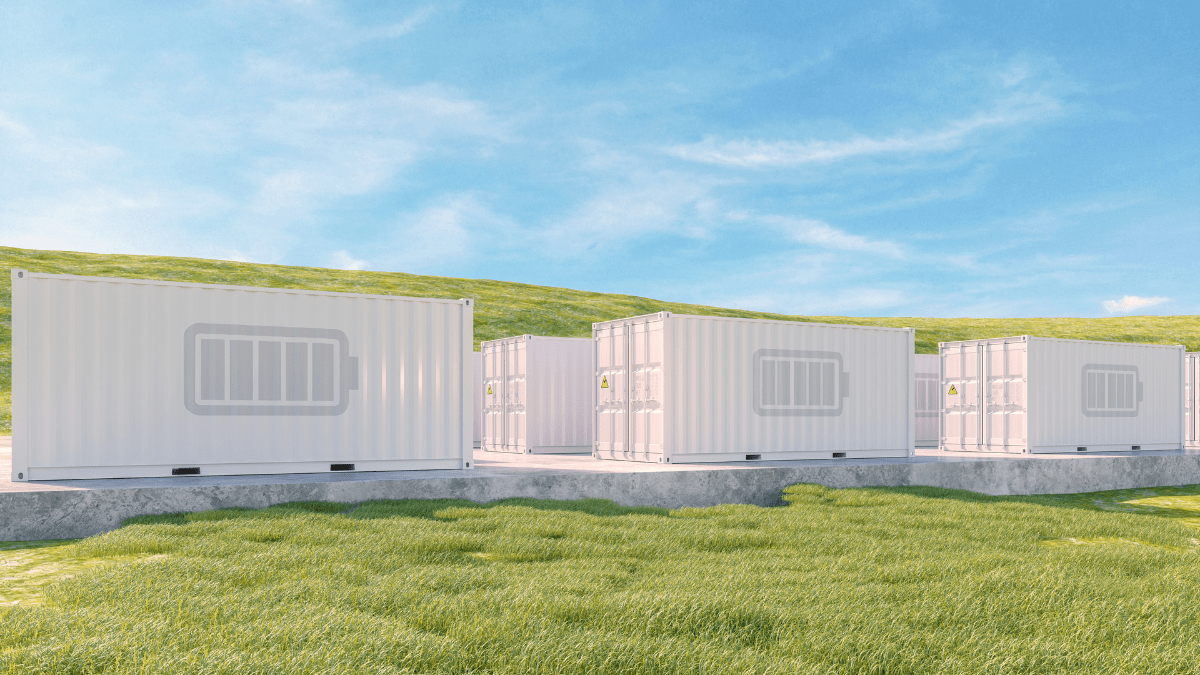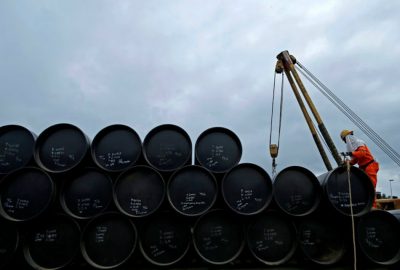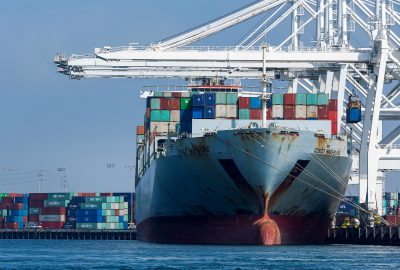Chinese solar module exports saw a decrease in November 2024, with shipments totaling 15.2 GW, a 12% drop from October’s 17.34 GW and a 14% decline compared to the 17.71 GW exported in November 2023. Between January and November 2024, China exported 219.31 GW of modules, marking a 14% year-on-year increase from the 191.81 GW exported during the same period in 2023, according to InfoLink’s customs data.
The top five importers of Chinese modules in November were Brazil, the Netherlands, Pakistan, Saudi Arabia, and Spain. These countries accounted for 41% of global imports for the month. While markets in the Asia-Pacific and the Americas showed growth, Europe, the Middle East, and Africa experienced varying levels of decline. Asia-Pacific growth was driven by increased procurement from Pakistan, while Brazil led the Americas in demand. In contrast, European markets saw a slowdown due to seasonal factors, high inventory levels, and weaker economic conditions.
Europe imported 4.1 GW of Chinese modules in November 2024, a significant 41% month-on-month drop from October’s 7 GW and a 16% year-on-year decline from the 4.87 GW imported in November 2023. From January to November, Europe’s total imports reached 88.78 GW, down 8% from the 96.43 GW imported in the same period last year. The Netherlands, Spain, Slovenia, Portugal, and Greece were the top importing countries in Europe during November, though most European nations recorded declines. This decrease aligns with a typical seasonal slowdown in the fourth quarter. High inventory levels, combined with weak returns on power generation and slower installation rates, further dampened demand. These factors have pushed manufacturers to focus on managing stock levels and offloading inventory since late October. As the Christmas season approaches, December imports are not expected to exceed 5 GW. For the entire year, Europe’s imports are projected to be between 91 and 94 GW, a decline from the 101.48 GW recorded in 2023.
In the Asia-Pacific region, Chinese module exports totaled 5.1 GW in November, a 17% increase from October’s 4.34 GW but a 37% drop from the 8.1 GW exported in November 2023. Between January and November 2024, the region imported 63.55 GW of modules, a 34% year-on-year increase from 47.37 GW during the same period in 2023. Pakistan emerged as the leading importer in November, with imports of 1.12 GW, up 334% from October’s 0.26 GW and accounting for 22% of the region’s total. From January to November, Pakistan’s imports reached 15.97 GW. This surge helped compensate for lower import volumes in September and October. In December, Pakistan is expected to maintain similar levels, but the country’s solar demand for 2025 remains uncertain due to potential changes in net-metering tariff policies, which could affect distributed solar projects.

India ranked third in the region, following Japan, with imports of 0.55 GW in November, accounting for an 11% share of the total. This marked a 35% decline from October’s 0.84 GW. From January to November, India imported 15.5 GW of Chinese modules. During the same period, India also imported 26.31 GW of Chinese solar cells. However, as India expands its domestic module manufacturing capacity and implements the Approved List of Models and Manufacturers (ALMM) policy featuring only Indian manufacturers starting in December 2024, Chinese module exports to India are expected to decline in the long term.
The Americas imported 3.2 GW of modules in November 2024, a 23% increase from October’s 2.61 GW and a 4% rise from the 3.08 GW imported in November 2023. From January to November, cumulative imports reached 30.12 GW, a 9% increase from 27.52 GW during the same period last year. Brazil accounted for the largest share in the region, importing 1.98 GW in November, up 16% from October’s 1.7 GW and representing 62% of the region’s total imports. Between January and November, Brazil imported 20.39 GW of modules. The second phase of Brazil’s tariff rate quota, effective from July 2024 to June 2025, allowed for duty-free imports of up to USD 1.01 billion. By November, 91% of this quota had been used. With most manufacturers halting shipments by mid-December, Brazil is expected to exhaust the quota by year-end, and a 25% tariff will apply to imports in 2025, potentially reducing demand.
The Middle East imported 1.7 GW of Chinese modules in November, a 24% drop from October’s 2.23 GW but a 47% increase from the 1.16 GW imported in November 2023. From January to November, the region imported 26.82 GW, a 107% year-on-year increase from 12.96 GW. Saudi Arabia led the region in November imports, accounting for 0.95 GW, or 56% of the total, though this was a 37% drop from October’s 1.5 GW. The country’s total imports for the first 11 months reached 15.35 GW.
In Africa, November imports stood at 1.12 GW, a 6% decline from October’s 1.19 GW but a 118% increase from the 0.51 GW imported in November 2023. Between January and November, Africa imported 10.05 GW, a 33% increase from the 7.54 GW imported during the same period in 2023. South Africa was the leading importer in the region, with 0.27 GW in November, down 52% from October’s 0.57 GW. South Africa’s total imports for the year reached 3.53 GW.
The overall decline in Chinese solar module exports in November 2024 reflects Europe’s seasonal slowdown, India’s policy changes, and Brazil nearing the end of its duty-free import quota. Total exports for the year are expected to reach 230-235 GW, representing a growth rate of 10-13% compared to 2023’s 208 GW, although this is slower than the 34% growth recorded from 2022 to 2023. InfoLink revised its 2024 global demand forecast to 491-537 GW.













